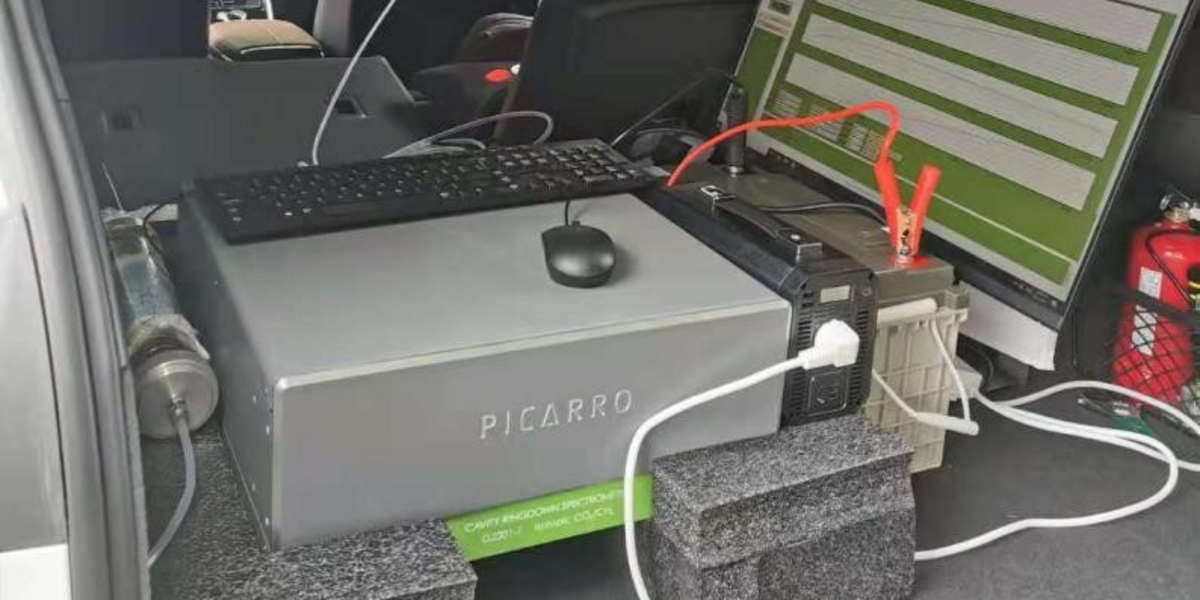At Picarro, we love when customers share their innovative integrations and applications of our analyzers in the field. This customer success story is highlighting Assistant Professor, Dr. Yuzhong Zhang of Westlake University, China. With the help of Beijing Cen-Sun Technology Development Co., our partners in China, Dr. Zhang recently set up a G2201-i within his car to obtain on-board GHG measurements. We are grateful to Dr. Zhang and Cen-Sun’s efforts for bringing us this wonderful story. Enjoy!
Assistant Prof. Dr. Yuzhong Zhang received his Ph.D. from Georgia Institute of Technology and went on to Harvard University for his PostDoc. He joined the newly established West Lake University in 2019, working on establishment of atmospheric analysis models. West Lake University is exploring the direction of higher education reform by the country. It is a new type of non-profit higher education institution that focuses on cutting-edge fields and new operating models, and strives to be small, precise, a high starting point, and research-oriented. After joining Westlake University, Dr. Yuzhong Zhang decided to focus on greenhouse gas observation and emission traceability work, utilizing isotopic carbon measurements.

Dr. Yuzhong Zhang
After comparison with other analyzers, Dr. Zhang planned to use a Picarro G2201-i as the core observation platform. The instrument arrived in the summer of 2021 and was installed in a modified Buick GL8 vehicle recently. It's important to note that, 14C is usually used to determine the type of CO2 emitted, whether it comes from fossil fuel combustion or natural emissions; however, 14C is measured by Accelerator Mass Spectrometry (AMS), which is very expensive. Instead, the G2201-i measures δ13C to identify different stable isotope performances through navigation measurements, and through big data comparison, trace different types of emissions and even determine the source of emissions.
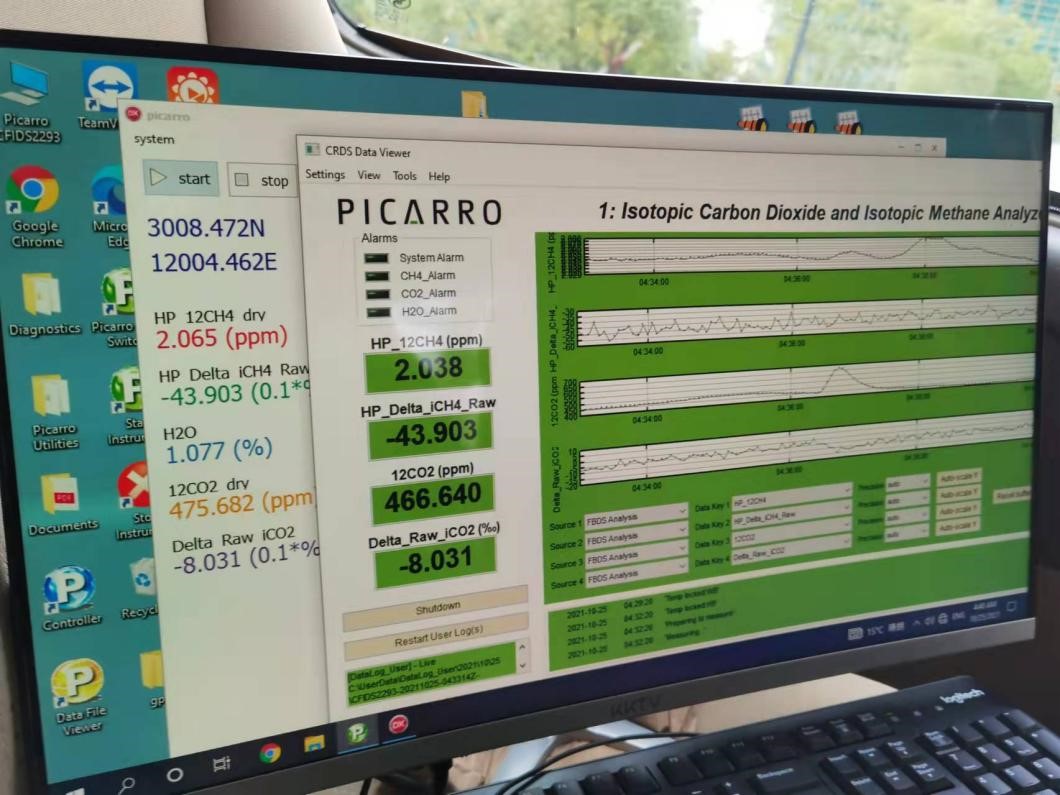
Monitor displaying Picarro G2201-i Data
Dr. Yuzhong Zhang's previous work was based on the inverse modelling of satellite observation data. Satellite observation can achieve global observation at a high spatial resolution, but it can’t achieve fine monitoring at the city scale level, and the accuracy of satellite data is poor. After rethinking, Dr. Zhang decided to conduct actual online monitoring. He had heard about Picarro reading papers whilst being at Harvard, but he had no experience using Picarro instrumentation. He sent us an email expressing his interest and we connected him with our partner, Cen-Sun. In October 2020, Cen-Sun took their demo Picarro G2201-i prototype to the top floor of Zhejiang University and gave it to Prof. Fang Xuekun to set up a trial. At the same time, they also invited the atmospheric observation expert Prof. Fang Shuangxi (GGMT member) to visit and to exchange and share their experience with Dr. Zhang. Because of their vast experience in GHG observations and the promotional support of these two expert professors, Dr. Yuzhong Zhang gained confidence to make observations himself, as well. Since then, the three Scientists have maintained close communication and organized academic exchange meetings together to communicate and share experiences with more colleagues, i.e.:
The three scientists presented their preliminary results at a seminar on Greenhouse gas emissions and climate change at Zheijiang University.
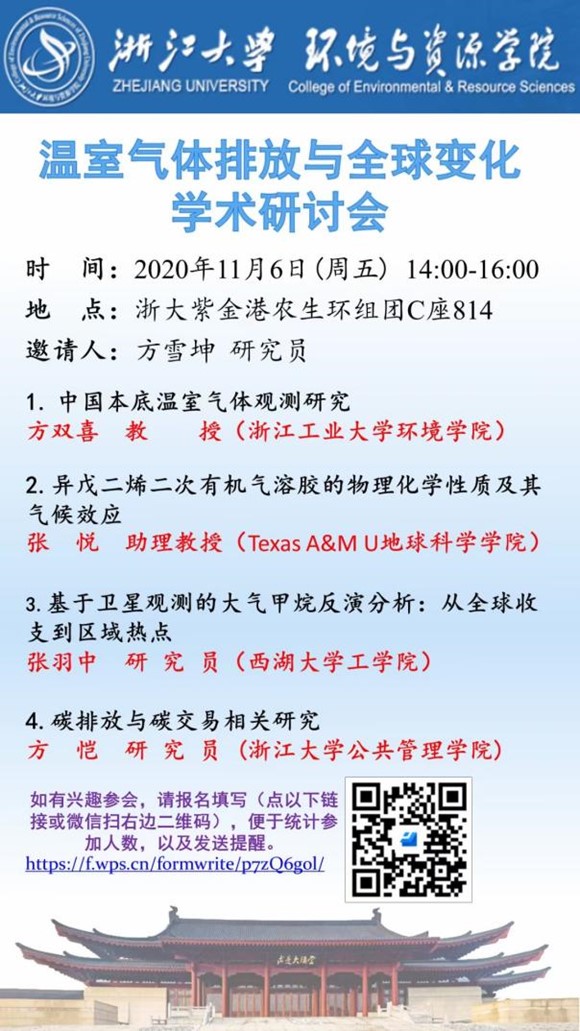
Seminar announcement and agenda
In order to give the Dr. Zhang a more intuitive feeling and speed up the promotion of the project, Cen-Sun took their demo G2201-i to West Lake University in April 2021. There, they deployed it in Dr. Zhang’s car, and started the first navigation observation. Dr. Zhang was impressed by the convenience and superiority of Picarro equipment and decided to purchase Picarro’s analyzer at that moment.
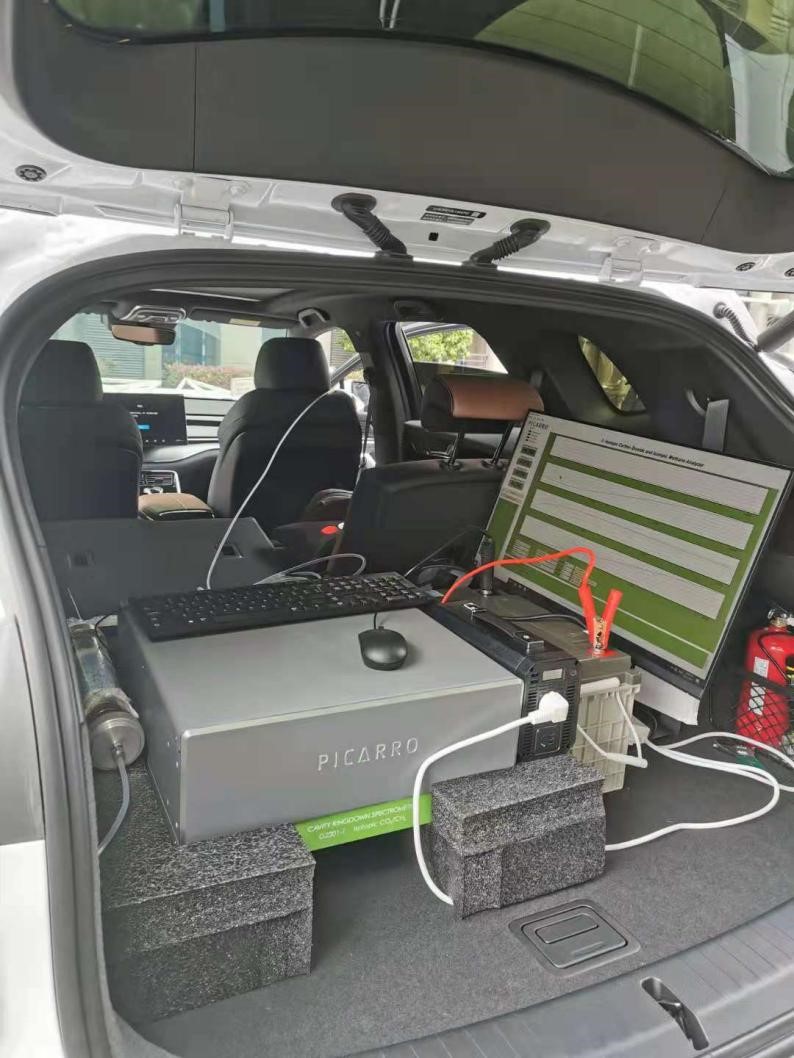
Demonstration of the G2201-i in Dr. Zhang’s car
Dr. Zhang purchased a G2201-i in late April 2021. After it was delivered, he began to deploy it for on-board GHG observations. In the future, Dr. Zhang’s research team will also develop analysis tools for assimilation and inverse modelling of environmental observation data, mining massive environmental data from multiple platforms such as satellites, aircraft and ground monitoring networks to study the changes and mechanisms of key chemical components in the atmosphere at various time and space scales, and provide solid scientific support for the design and formulation of environmental measures and policies.
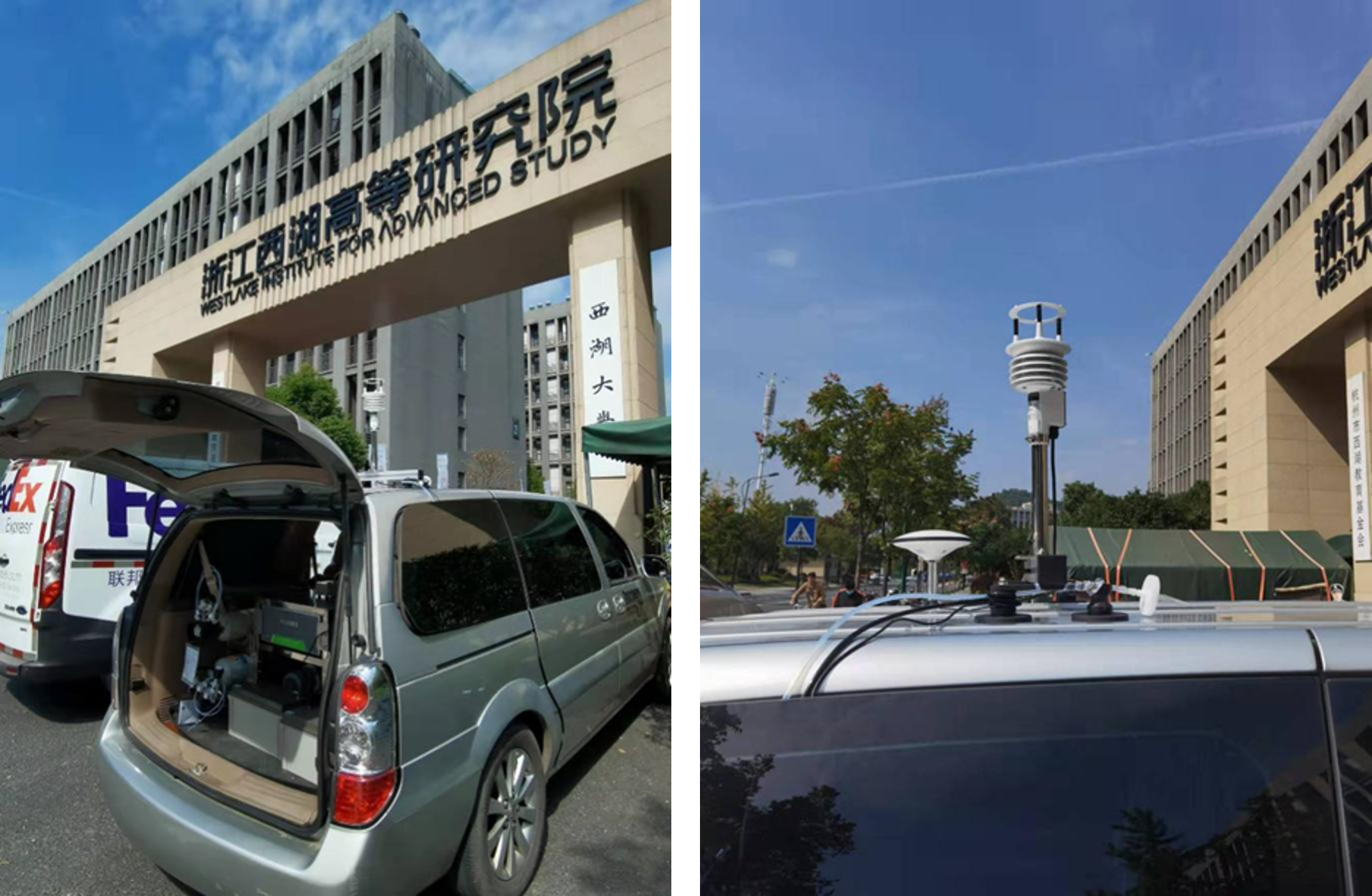
G2201-i is installed in a modified Buick GL8 vehicle
